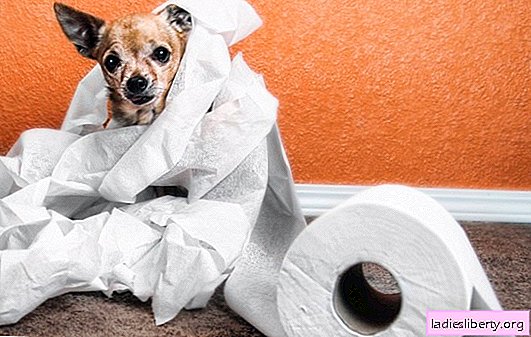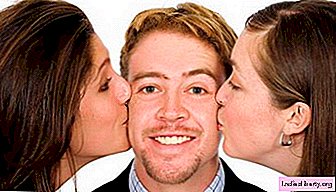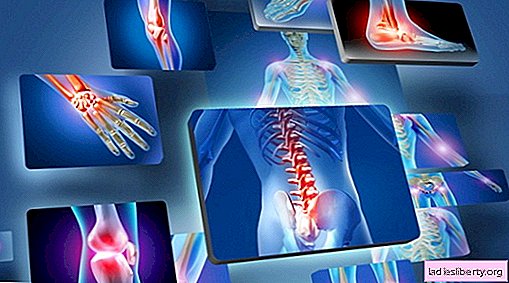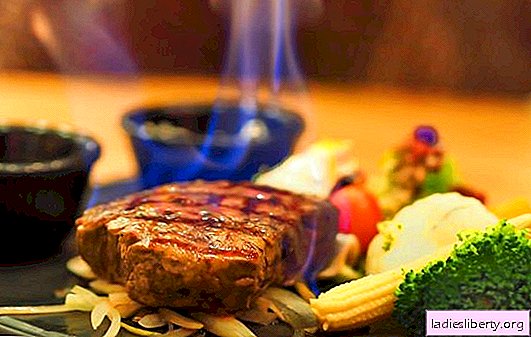
Diarrhea is an upset stomach in an animal. And almost every breeder is faced with such an unpleasant phenomenon as diarrhea in a dog.
Causes of Dog Diarrhea
The feces of an animal directly depends on how many times and what it eats, and what kind of consistency the food is. If the pet is healthy, then defecation occurs no more than 4 times a day. If this happens much more often and the stool is watery, fetid - it means diarrhea in the dog.
The disease itself does not occur, and the dog will certainly have some kind of loose stool for some reason, it could be the following:
• Poisoning of various kinds (food and chemical). You need to carefully monitor the quality of food for the pet, expiration dates and proper storage of products;
• An allergic reaction of the body to certain foods that are poorly absorbed;
• Vitamin deficiency leads to diarrhea, most often this happens in spring;
• Incorrect functioning of the digestive tract is often the cause of loose stools in dogs;
• Transition from one type of food to another (from dry to liquid canned food or home-made food). Change of manufacturer, brand of feed;
• A foreign body swallowed by a dog leads to diarrhea;
• The presence of parasites (helminths) in the body;
• Infectious diseases or malignant tumors of the digestive organs;
The reasons for this phenomenon are many, and some of them are more dangerous than diarrhea itself. But, almost always loose stools happen due to bad food. Therefore, diarrhea in a dog can be cured on its own, but first it is imperative to find out what contributed to this.
How to determine what type of diarrhea
It is possible by some signs to determine the cause of indigestion by examining the feces visually. Pay attention to color, smell and texture.
Fecal mass with blood particles indicate a serious illness. Now the situation is completely different when you can self-medicate. You should immediately seek qualified help from a veterinarian.
If a diarrhea accompanied by vomiting, most likely it is intoxication of the body (poisoning). When food is the cause of poisoning, you need to exclude food from the diet for a while and drink plenty of water with your four-legged friend. Then the toxins are more likely to be eliminated from the body, and there will be no dehydration. But chemical poisoning should not be ruled out, so you need to remember what the dog has done over the past 24 hours, what he ate, where he walked.
Diarrhea black says the dog has stomach bleeding. Blood enters the feces, coagulates and stains it in a dark color. But, don’t be scared of the owners who on the eve gave the animal tablets of activated carbon. In this case, the feces will also be black.
Yellow liquid stool - means that the food that was eaten was poorly digested in the stomach. This happens in the case of a change of feed. It is necessary to pay attention to the brightness of the color, if it is poisonously yellow or orange, then the cause is a sick liver. And a large amount of bilirubin enters the feces.
If in the intestine there is a process of fermentation, decay, bowel movements will be green and smell really bad.
White feces not a good sign that the choleretic pathways are clogged, so the stool is not stained.
Mucus diarrhea - The cause of inflammation of the large intestine, as a rule, the presence of infection in the body of the animal.
If after the next preventive vaccine diarrhea begins, it means that the dog is sick. The disease proceeded in a latent form, and now has manifested itself.
How to understand when an animal needs the help of a veterinarian
If the feces are bloody or with mucus, you must immediately take the dog to a veterinary clinic. In the case when diarrhea lasts several days (from two or more). When after taking the medicine, diarrhea does not stop.
When, along with loose stools, symptoms such as general malaise appear. The dog is weak, whining, which indicates spasmodic pain, her temperature rises. Vomiting and cramping of the limbs begins.
This may be chemical intoxication, the manifestation of serious diseases or the presence of a foreign body in the digestive organs. Such symptoms cannot be ignored.
How to treat diarrhea in puppies
First aid to a puppy for diarrhea is to prevent him from eating, but the baby should not remain hungry for more than 12 hours.
Be sure to crush and give a pill activated carbon. In addition to this medicine, add one cube three times a day Enterofurila.
It is more convenient to administer the medicine with a small syringe, removing the needle from it. Hold the bottom of the mouth with your hand and raise the muzzle slightly to the top so that the puppy swallows the entire pill.
How to treat diarrhea in an adult dog
Before starting treatment, you need to remember what the pet ate. Determine what kind of diarrhea and what caused intestinal inflammation. Products that are the very first to cause loose stools are raw seafood, sour-milk (yogurt or fermented baked milk) and meat of fatty varieties (pork, lamb, white duck).
If they were inherent in the diet, it is necessary to reduce their portion or even to exclude from the menu for some time.
When the diarrhea does not stop, the dog needs to be put on a strict diet. This means you must skip at least two feedings. It is best if the animal goes hungry for a whole day. Be sure the pet should have fresh (purified or boiled) water in unlimited quantities.
During the day, give several tablets of activated carbon. Their number depends on the weight of the dog, it is customary to give 1 tablet per 10 kg of body weight. The number of medications per day depends on the severity of the disease, at least two and up to 5 times a day.
In the first day of treatment, you can replace the water rice cereal broth. Then give boiled rice porridge. It holds, and a decoction envelops the walls of the stomach. Add a little bit dairy productsto restore the intestinal microflora.
If the animal feels better, the return to feeding should take place gradually, in small portions and more frequent feedings. Otherwise, the pet will overeat and diarrhea will begin again.











